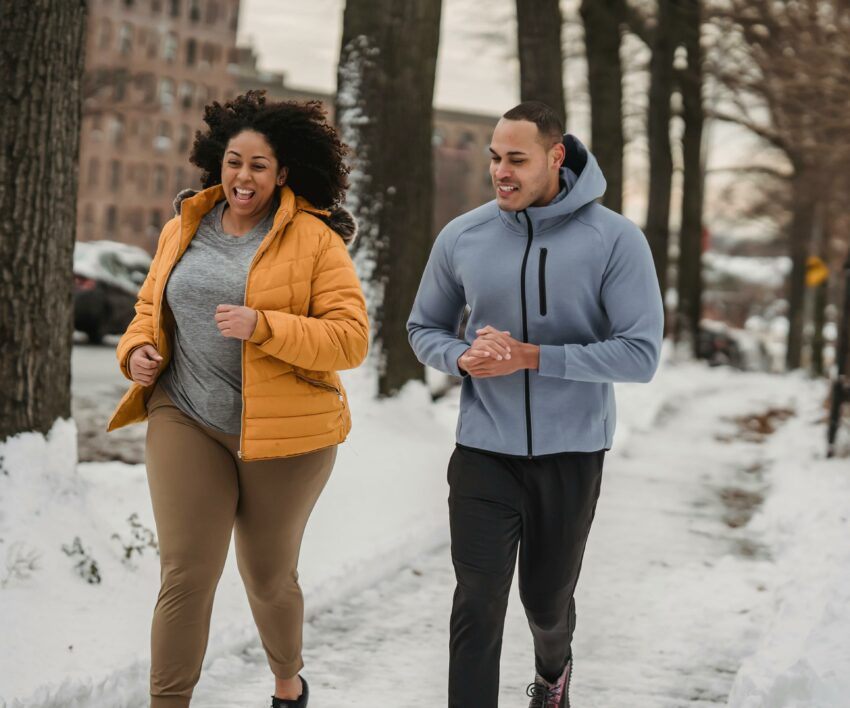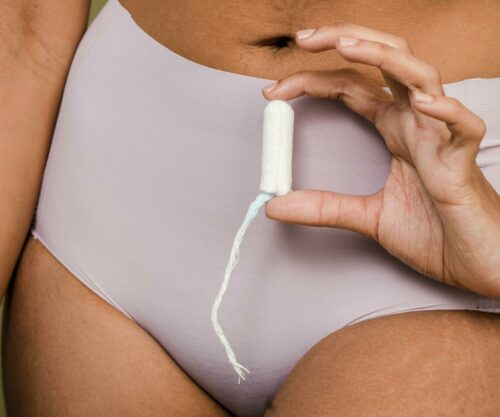
Yes, you need to be careful when getting your sweat in the middle of winter. While we don’t need to worry about getting frostbite and slipping on icy roads when running, there are a few things you need to watch out for and prepare for. Here’s how you can exercise safely in winter.
Why you need to be careful
- Exercising in the cold can strain your heart and restrict blood flow, making you more susceptible to fatigue and injury.
- Shorter days mean exercising in low-light conditions. This increases the risk of tripping or not seeing other pedestrians or cyclists.
- Frosty mornings can make surfaces slippery, especially on grassy areas or running tracks.
How to exercise safely in winter
Despite the challenges, there are plenty of ways to stay active and embrace the unique winter season:
Layer smart
Start with a breathable base layer, followed by a warm insulating mid-layer, and a wind and water-resistant outer layer. Don’t forget reflective gear for low-light visibility.
Warm up the right way
Don’t jump straight into your workout. Dedicate extra time to a dynamic warm-up indoors before venturing outside. This helps to prepare your muscles for exertion in the cold.
The sun is still vicious
While the sun’s intensity might be lower in winter, don’t ditch the sunscreen entirely. Apply SPF 30 to exposed skin, especially if you’re exercising in the middle of the day. Pack a hat and sunglasses for additional protection.
Don’t neglect the water
Cold weather can lull you into a false sense of not needing water. Stay hydrated by carrying a reusable water bottle and sipping regularly throughout your workout.
Try different kinds of workouts
Winter offers a perfect opportunity to explore different activities. Take a brisk walk or jog during the warmest part of the day, join a gym class, or try an indoor sport like squash or badminton.
Get a gym buddy
Exercising with a friend or family member boosts motivation and provides an extra layer of safety, especially in low-light conditions.
Listen to your body
Be mindful of your body’s signals. If you feel excessively cold, dizzy, or experience any pain, stop your workout and head indoors.
Compiled by: Jade McGee
Also see: Effective ways of building muscle




